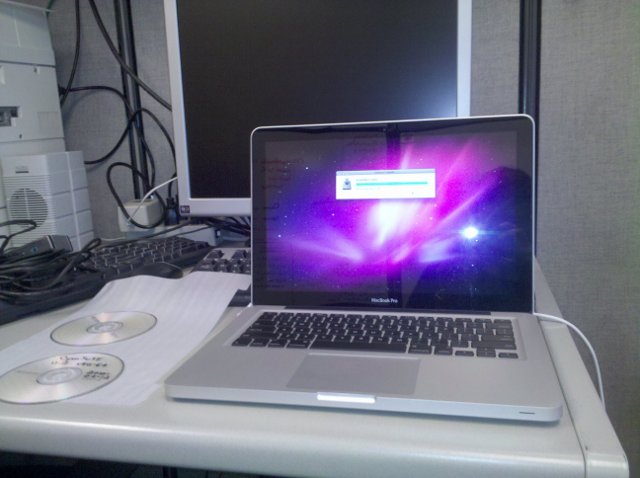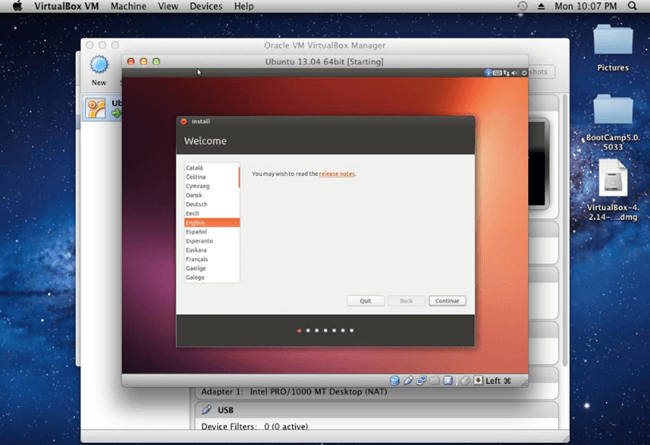
The proprietary adaptors are where they get you. I don’t really think Apple hardware is that expensive compared to other brands, at least to buy. I wanted plain old 1080p or 1920x1200 and smaller than 14". They seem to either be high res hi-dpi displays which are annoying on Linux, or too small like 1440x900.

I couldn’t find many good screen options.

I wanted just one OS and not to stuff around with another bootloader. You almost certainly have to dual boot OSX so you can install firmware updates if required. The Arch wiki is pretty good at documenting issues, and do a Google search the model number and Linux, eg “macbook A1534 linux”.

Suprjami: “I don’t own a MacBook but I considered it with my laptop purchase earlier this year.įrom what I saw, the MacBook say 2 models behind is likely to have better Linux support and most problems ironed out, when compared to the very latest model. His fellow redditors shared their thoughts about running Linux on Apple’s MacBook laptops: Perhaps they are more configurable on Linux?Īlso, how is the Linux support on this particular MacBook? Those two factors can easily make me swap out OSX for Linux. There’s an Alt/Option, a Command, and one Control, and coming from a PC, I can’t get used to the new controls and placements on OSX. I primarily went for it because I wanted a good screen and decent battery life (there were a few other reasons as well, but I’d rather not justify my purchase here and start a discussion on something else entirely).Īnyways, I’m finding it very difficult to get used to the weird modifier placement. I currently own a 13" 2015 MacBook Pro w/ Retina display and force touch trackpad. A MacBook owner recently asked if Linux would run well on his laptop, and he got some interesting responses in the Linux subreddit.Ĭomfortably-glum started the thread with some questions: But some Linux users actually prefer to run it on Apple’s MacBook laptops.

When you think of Linux, you probably don’t think of Apple or its products.


 0 kommentar(er)
0 kommentar(er)
